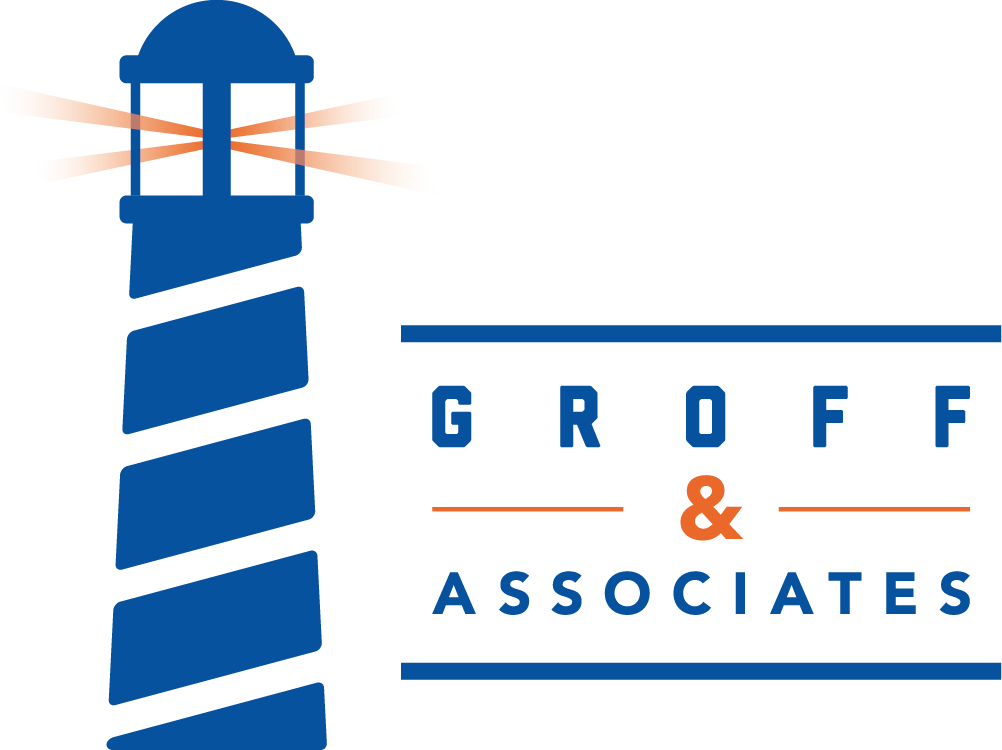
One of the first questions I ask in a therapy session with any couple is:
“How did you two first meet? What were your first impressions? What stood out?”
You can probably guess there are a wide range of stories when a couple begins to tell their story.
Typical love relationships begin positively and feel remarkably natural and/or easy. In 1979, Dorothy Tennov coined the term limerence (or infatuation), which describes a state of love similar to Gary Chapman’s “tingles.” This can last years or just for an evening – eventually you can lose interest or “fall out of love.” Think about when you and your spouse or partner first became a couple.
How did the relationship develop?
You spent so much time with each other.
You communicated a lot. Phone/text/email/letters.
You asked LOTS of questions!
You invested yourself into the relationship and this is where relationships are made. If this is a “traditional” story, you fall in love, celebrate an engagement, walk down the aisle and proclaimed your love in front of God, family and friends.
So, what then…? Let me share with you what I hear:
“We got so focused on careers / children.”
“We never really thought about it.”
“I was trying, but….”
Many people see an all too common “relational drift” or “autopilot” that allows them to move through life and marriage, but with very little intentionality. Unfortunately, when we allow our marriage to go into relational drift or autopilot is can cause a lifelong commitment to feel unfulfilling and unenjoyable.
So what can we do to not let “relational drift” or “autopilot” occur?
Start with a Foundation
Dr. Ross Campbell states that the foundation for a relationship has to be unconditional love. Let’s be real – unconditional love is truly unattainable just like perfection is unattainable, however, if your mindset is set to “no matter what,” there is always a pursuit and choice of unconditional love, grace, service, care, support, respect, forgiveness, and sooooo many more.
Love Maps
When was the last time you turned towards your spouse and asked, “How are you?” I don’t mean “how was your day?” I mean:
How are you?”
How are you doing in __________ role?
How have your goals changed?
Dr. John Gottman calls questions like these “love map” questions. Questions dedicated to learning all you can know about your spouse. In other words, continue to date your spouse.
Intentional Pursuit
There is an incredible amount of evidence that suggests that falling in love is not the same as staying in love. Limerence is the easy part, but the “bricks” are your intentional efforts that maintain connection with your spouse. This won’t always come naturally. What was very easy in courtship, has to be intentional in marriage.
Giving the Benefit of the Doubt
It can be quite difficult to think of good when you go through difficult seasons of life and marriage with your spouse. Trust and commitment grow and fortify when you make each other’s well being your priority. All of your decisions and thoughts are towards constructively building up your spouse.
So take a moment, imagine thousands of bricks laying all around and someone says to you, just start building. You may think they are crazy, but this is what you chose to do when you said “I do.” Each brick is meaningful, each brick is vital; each brick brings your own unique style to your marriage. Know each other, pursue each other, and believe in one another. And no matter what, just keep building.
